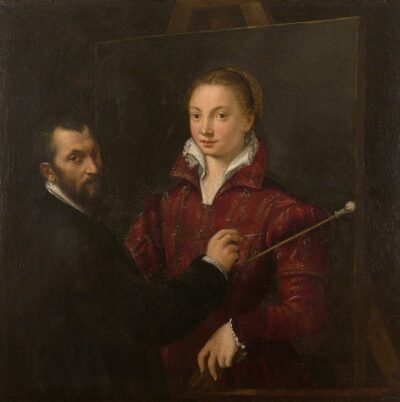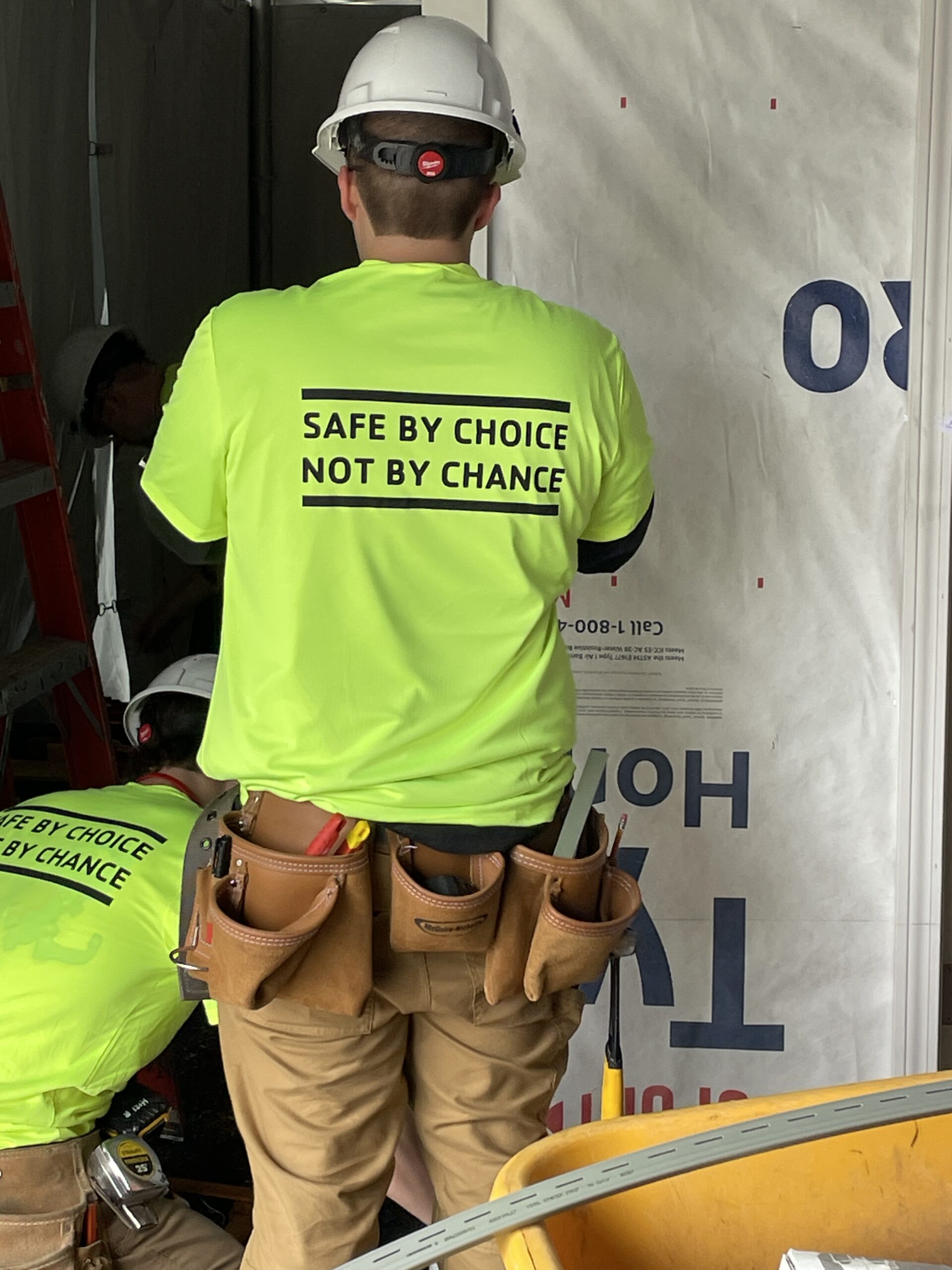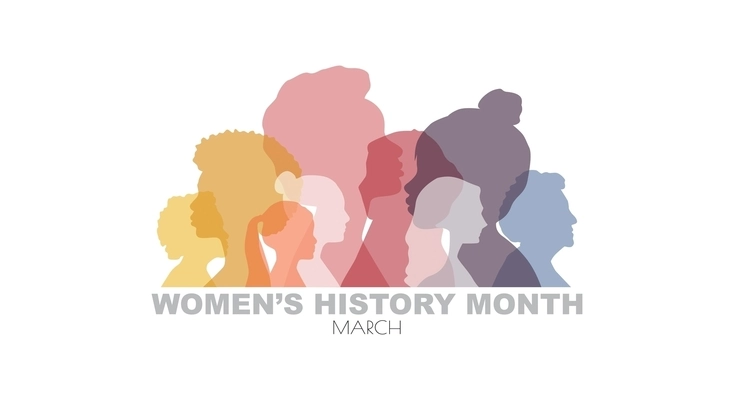October 2021
This month, I’m talking about art again. Actually, a book about art, The Mirror and the Palette, by Jennifer Higgie, where she covers five hundred years of women’s self-portraiture, a genre women have long practiced, even if mostly under the radar. As Higgie describes it, an artist’s impetus to paint herself originates in private moments, as she examines her reflection and thinks deeply about who she is. What she ultimately puts on the canvas is shaped by how she sees herself, by the social and artistic conventions of the time, and by how willing she is to ignore them. (My review of the book was published in Arts Fuse; you can read it here.)
The essentially private nature of women’s self-portraiture flows from the fact that women were restricted. For much of history, they were allowed into neither life drawing classes, the backbone of artistic training, nor the academies and salons that sanctioned artists’ work. Left out of the public sphere, their gaze turned inward.
One woman who broke the mold was Sofonisba Anguissola, an Italian woman born in approximately 1531. When she was young, her parents arranged for her to apprentice. This was highly unusual: young women seldom apprenticed anywhere, and male artists seldom trained young women in their studios. She became one of the better recognized artists of the Renaissance period, even if we don’t know her name today.

Sofonisba Anguissola, Self-portrait with Bernardino Campi,c. 1559.
Pinacoteca Nazionale, Siena, Italy.
Here’s a self-portrait painted when she was in her twenties, after her apprenticeship but before she achieved great acclaim. In this painting-within-a-painting, she puts herself at center stage, serene and confident, while her teacher labors to capture her likeness.
Several factors accounted for Sofonisba’s success. For one thing, she was gifted as a painter. Even within 16th century confines, a woman had at least a slim chance of using her talents in the arts, while other fields were entirely off-limits. Professional training also worked in her favor. We don’t know exactly what led her parents to be so enlightened, but it may have been the hope of an income. Though aristocratic, the family was impoverished and a talented daughter earning something from her work would have been welcome. Once Sofonisba became an artist in her own right, her father acted as her art dealer, and together they achieved significant commercial success. Also, the aristocratic lineage probably helped Sofonisba get to Spain where she became lady-in-waiting to Isabel de Valois, daughter of Catherine de Medici, and third wife of King Philip II. (This is the same Philip for whom Titian created the mythological paintings that were the subject of last month’s newsletter.) At court, she painted the royals and their retainers, and became a celebrated figure.
When I look at the women in my own book, I see echoes of this 16th century woman. Education and family were critical to my 20th century women, as they were to her. Some of my women grew up poor, others middle class, none aristocratic, but whatever the particular circumstances, they got the education they needed to do the work that was their calling. Family structure, parenting style and economics also varied widely, but every woman got a core set of attitudes from her family. The common denominators were optimism, perseverance and self-confidence.
In Sofonisba’s case, blazing self-confidence (and not a little irony) fueled her decision to show the man who was once her master in the act of immortalizing her. Not all my women took it to that level, but they did see themselves as valuable, an indispensable attribute for breaking through conventional limitations.

I’m writing to you from Maine where the warm days of early fall have turned cool. Our little cottage, with no insulation and only a small heater, isn’t really comfortable, so we’ll head back to Boston soon. Of course I want to remember the flavors of summer, so I’ve frozen Maine blueberries (the small, low bush variety like those in the picture), rhubarb (cut into pieces), pesto (with home-grown basil), corn (cut off the cob), tomatoes (slow roasted) and strawberries (made into sauce with sugar and lemon). Next month, I’ll send you my newsletter from Boston where the freezer will be full.




